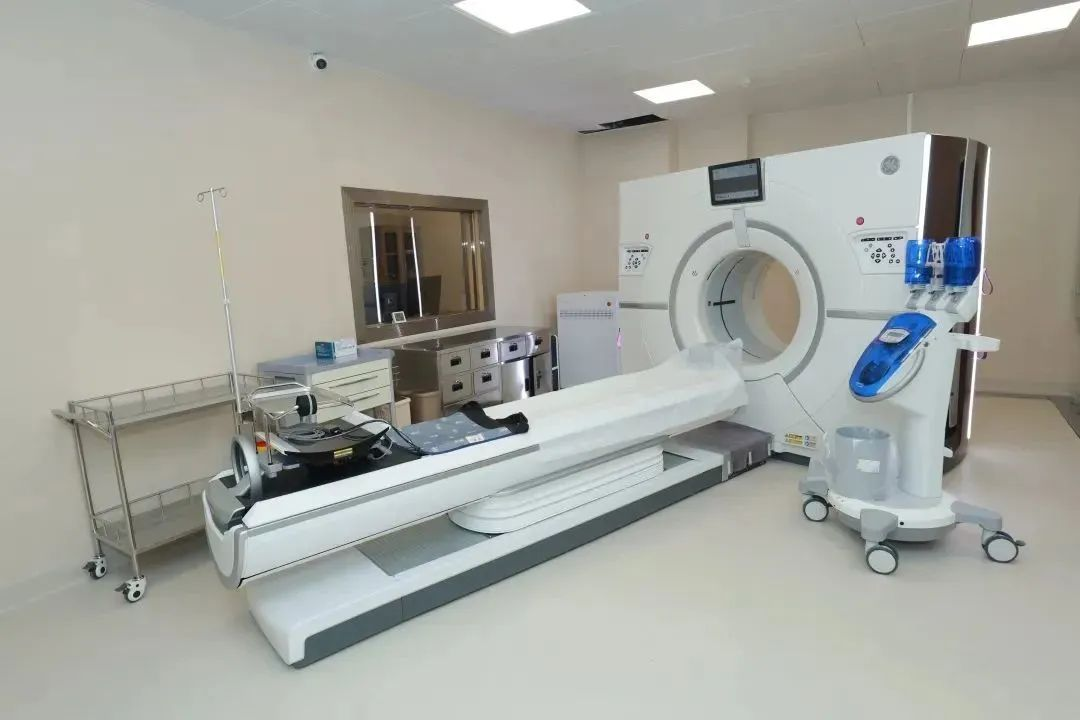Many people, upon discovering pulmonary nodules during health check-ups, feel anxious about the possibility of them developing into lung cancer. In reality, the management of small lung nodules varies based on different circumstances. It is crucial for everyone to approach this with patience, advocating against inadequate treatment while also discouraging excessive interventions.

Pulmonary Nodules are Becoming Increasingly Common in Clinical Practice

Pulmonary Nodules are Becoming Increasingly Common in Clinical Practice
01
Seeking medical attention only when symptoms appear; 2/3 are already in the advanced stage.
With the rapid development of urban industrialization, the incidence of lung cancer has been steadily increasing. According to statistics, there are approximately 800,000 new cases of lung cancer in China every year, and it is estimated to exceed 1 million in the next 3-5 years. Lung cancer often remains asymptomatic in its early stages, and by the time it is diagnosed, the majority of cases are already in the advanced stage. Many lung cancer patients only seek medical attention when symptoms such as coughing, hemoptysis, and chest pain arise. Unfortunately, 2/3 of these cases are already in the advanced stage, posing a considerable challenge for treatment and missing the optimal opportunity for surgical intervention. Currently, the overall five-year survival rate for lung cancer is still less than 15%. With a high incidence and a correspondingly high mortality rate, lung cancer presents a significant health challenge.
02
Pulmonary Nodules Less Than 1 Centimeter: Patience in Observation
Due to the high incidence and malignancy of lung cancer, many individuals are increasingly focused on health screenings. The detection of pulmonary nodules during these screenings has become quite common.
Now, the question arises: Are these pulmonary nodules indicative of lung cancer?
It is essential to differentiate whether pulmonary nodules are due to inflammation, cancer, or other conditions. Ground-glass opacities are highly suspicious of lung cancer, but it takes 5-10 years for such nodules to undergo malignant transformation. On the other hand, respiratory infections like the common cold can also lead to pulmonary inflammation and the appearance of small nodules. Therefore, lung cancer screening programs need to be implemented in stages.
Experts point out that pulmonary nodules measuring below 0.5 centimeters require continued observation. For nodules between 0.5-1 centimeter, detailed communication between doctors and patients is necessary. Based on the characteristics and density of the nodules, a comprehensive evaluation is conducted, and the final decision considers the patient's preferences. If the lesion exceeds 1 centimeter, shows increased density, or solidifies, it is crucial to promptly discuss with a doctor about the timing and methods of clinical intervention. It is essential to advocate against inadequate treatment, meaning avoiding intervention for nodules at high risk. Simultaneously, it is crucial to discourage excessive treatment, which involves not treating all nodules indiscriminately.

03

03
Excising Pulmonary Nodules Tests the Skills of Thoracic Surgeons
Given the potential for small nodules to develop into lung cancer, one might think it's better to deal with them early, opting for surgery for peace of mind. However, experts do not recommend rushing into surgical procedures for nodules. While minimally invasive surgery can be used for excision, it is far from as simple as one might imagine.
If pulmonary nodules are located at the edge of the lungs, they are relatively easy to remove. However, if the nodules are in the middle or in complex areas, surgery becomes challenging. Sometimes, the excised tissue may not contain palpable nodules, necessitating extensive pathological slicing for verification. Therefore, performing minimally invasive surgery for pulmonary nodules is not without difficulty, posing a significant challenge to the surgical skills of doctors. Consequently, surgical interventions should be considered in conjunction with the patient's condition, with a case-by-case analysis based on specific circumstances.
Who Should Undergo Lung Cancer Screening?
Tips: Individuals with a family history of lung cancer or those exposed to severe environmental pollution in their work and living spaces, frequently encountering cooking fumes, harmful chemical gases, and dust, are at high risk. It is recommended that individuals in these high-risk groups start undergoing low-dose chest spiral CT scans at the age of 40, preferably every six months for regular check-ups.
